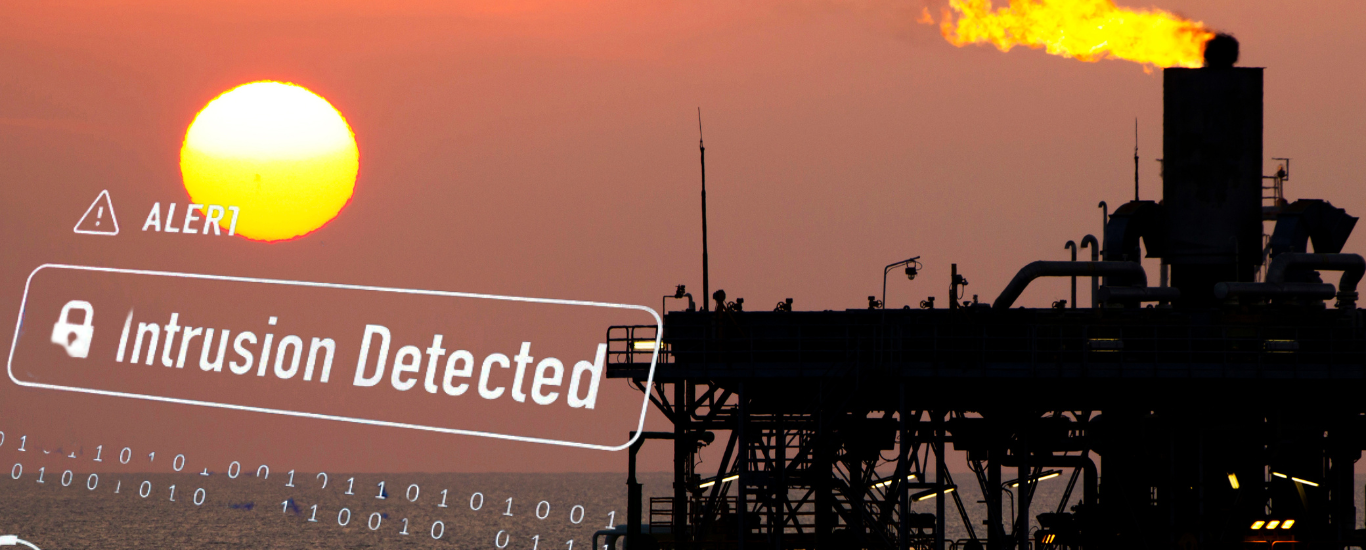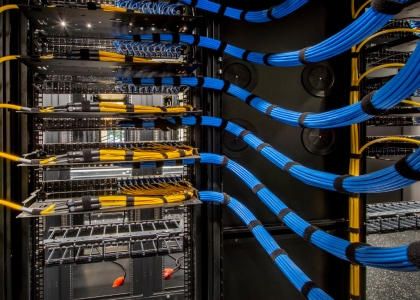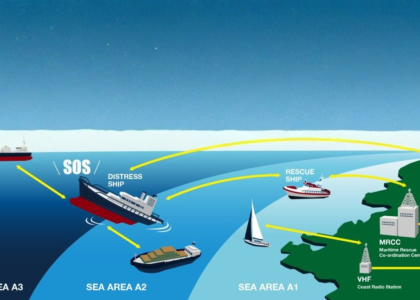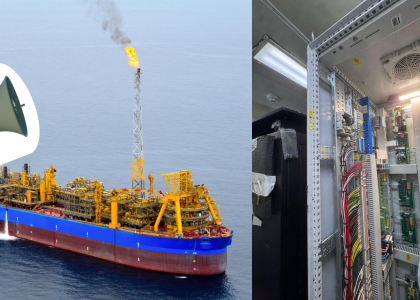Implementing an Intrusion Detection System (IDS) is essential to safeguarding the crew in high-risk environments from both digital and physical threats. Offshore operations, such as oil rigs, FPSOs (Floating Production Storage and Offloading units), and offshore wind farms, are critical to the global energy sector. However, these remote environments face increasing security threats, ranging from cyberattacks to unauthorized physical access.
Let’s dive in a little deeper into the blog to see what this system is all about;
What is an Intrusion Detection System (IDS)?
An Intrusion Detection System (IDS) is a security mechanism that monitors and analyzes network or system activities to detect suspicious behavior, unauthorized access, or security breaches. IDS can be classified into two primary types:
- Network-Based IDS (NIDS): Monitors network traffic and detects anomalies.
- Host-Based IDS (HIDS): Runs on individual devices, analyzing logs and system behavior for potential threats.
Want to ensure safety for your offshore operation & crew members?

Why an Intrusion Detection System is needed for safety during offshore operations
1. Cybersecurity Threat
Offshore networks are increasingly becoming targets for cybercriminals. Hackers can exploit vulnerabilities in communication networks, industrial control systems (ICS), and operational technology (OT) to disrupt operations, steal data, or even take control of offshore assets.
2. Physical Security risks
Beyond digital threats, offshore platforms face physical intrusions, including unauthorized personnel attempting to access restricted areas, piracy threats, sabotage and natural disasters. Integrating an IDS with video surveillance and access control can help mitigate these risks.
3. Regulatory Compliance
Industries operating in offshore environments must comply with security standards such as:
- IMO (International Maritime Organization) Cyber Risk Management Guidelines
- IEC 62443 (Industrial Cybersecurity Standard)
- NIST (National Institute of Standards and Technology) Cybersecurity Framework An IDS helps meet compliance requirements by providing continuous security monitoring and reporting.
How IDS Works in Offshore Environments
IDS technology works by detecting anomalies in real-time and alerting security teams before a breach escalates. Offshore operations often integrate IDS with:
- Video Management Systems (VMS) for visual confirmation of threats.
- Access Control Systems to verify personnel identity.
- AI-Powered Analytics for proactive threat detection.
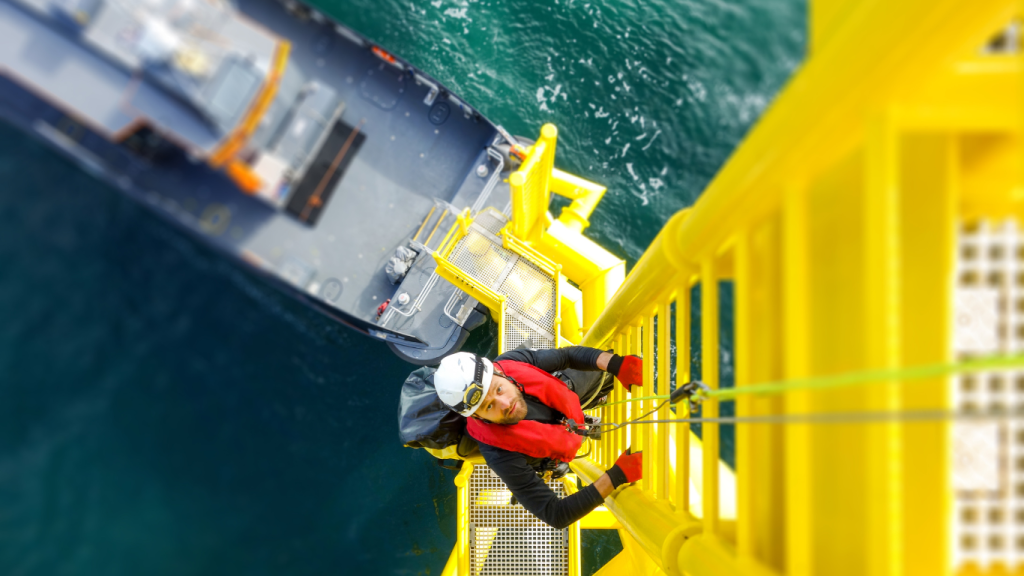
Choosing the Right IDS for Offshore Operations
When selecting an IDS, offshore operators should consider:
- Scalability: Can the system adapt to expanding networks and security needs?
- Reliability: Can it withstand offshore environmental conditions?
- Ease of Integration: Does it work with existing security and communication systems?
Upgrade your offshore safety with Vivo in 2025
We at Vivo Asia provide crucial and reliable systems that ensures safety during offshore operations as your crew’s safety is our priority. Our expert engineers ensure that all standards are met with overall safety for your offshore operations & crew.
Intrusion Detection Systems are an essential component of offshore security, protecting against both cyber and physical threats.
Get you Intrusion Detection System today! Contact us on contact@vivoasia.com






